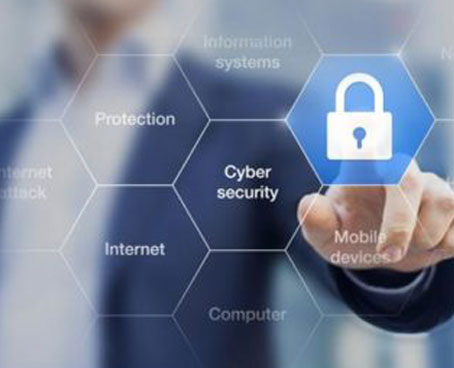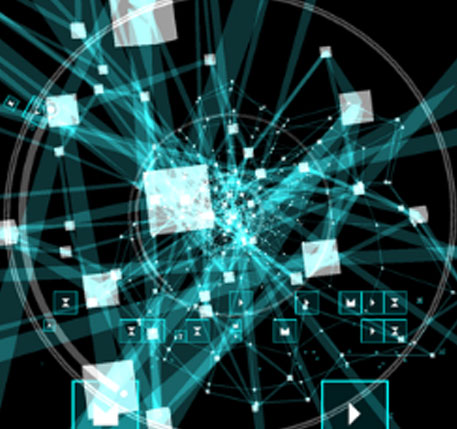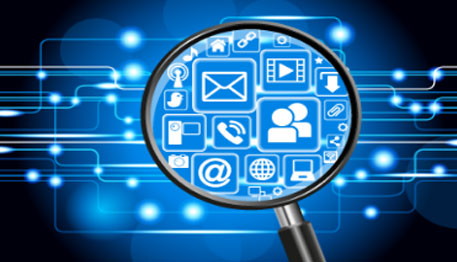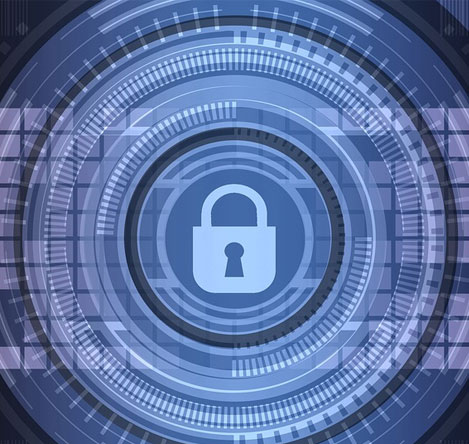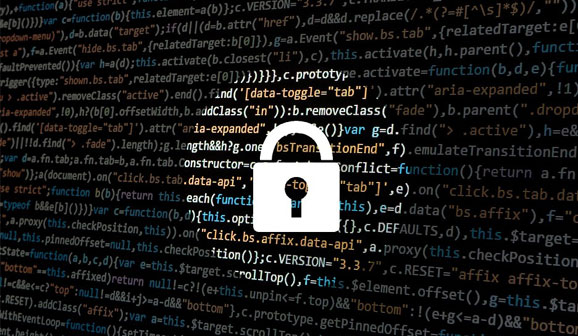
Cybersecurity is the protection of internet-connected systems, including hardware, software and data, from cyberattacks.
In a computing context,security comprises cybersecurity and physical security -- both are used by enterprises to protect against unauthorized access to data centers and other computerized systems. Information security, which is designed to maintain the confidentiality, integrity and availability of data, is a subset of cybersecurity.
Cyber security comprises technologies, processes and controls that are designed to protect systems, networks and data from cyber attacks. Effective cyber security reduces the risk of cyber attacks, and protects organisations and individuals from the unauthorised exploitation of systems, networks and technologies.
This voluntary Framework consists of standards, guidelines, and best practices to manage cybersecurity-related risk. The Cybersecurity Framework's prioritized, flexible, and cost-effective approach helps to promote the protection and resilience of critical infrastructure and other sectors important to the economy and national security.
